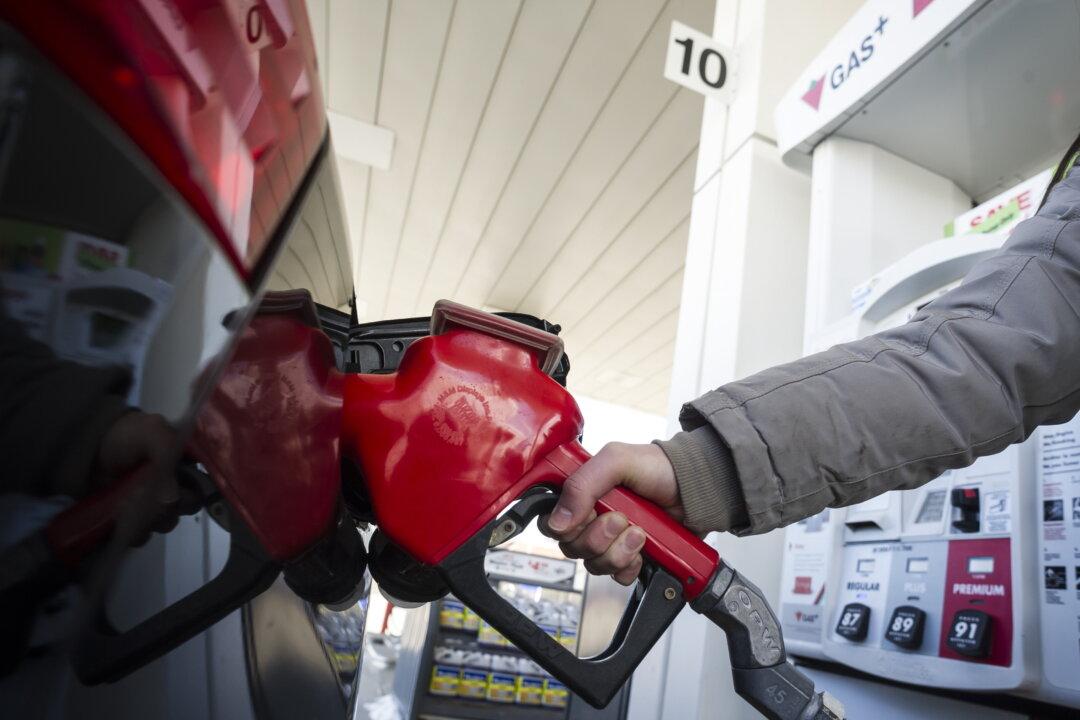Financial considerations have impacted the travel plans of about a third of Canadians this year, according to a Leger poll released in July. But if the goal of the tax is to put a price on carbon and discourage the use of fossil fuels, policy-makers behind the tax who remain financially secure can still keep their vacation plans, unlike less well-off Canadians.
A case in point, according to Franco Terrazzano of the Canadian Taxpayers Federation (CTF), is Prime Minister Justin Trudeau’s family vacation to British Columbia this week.





